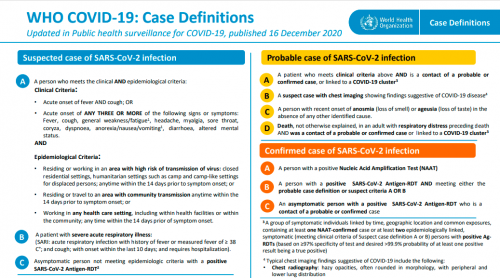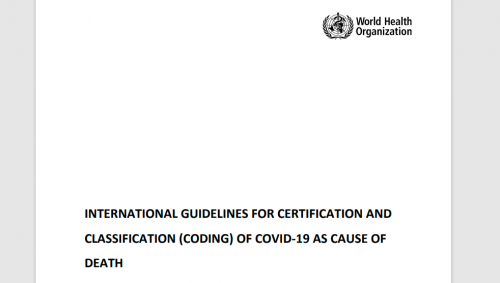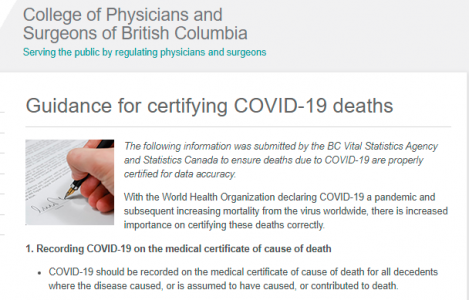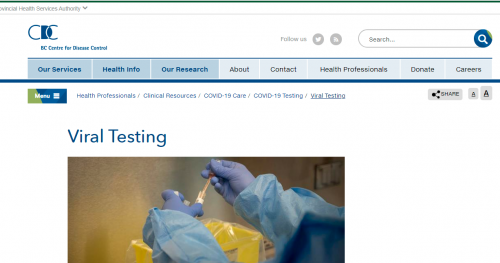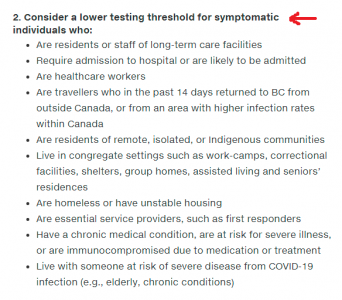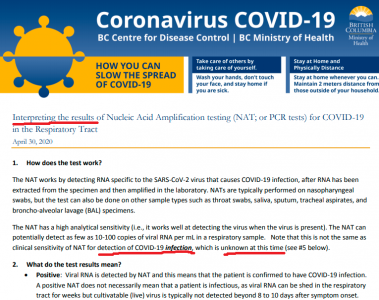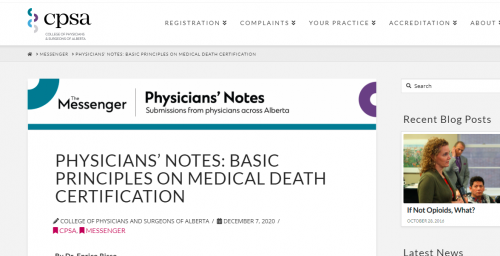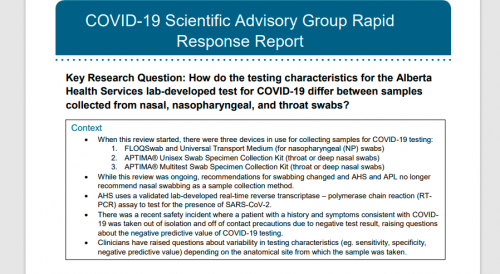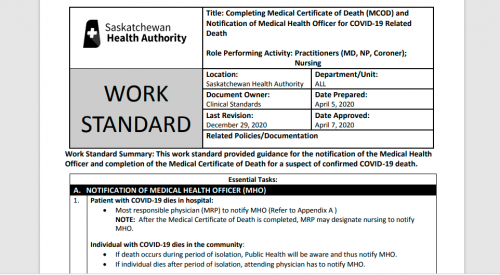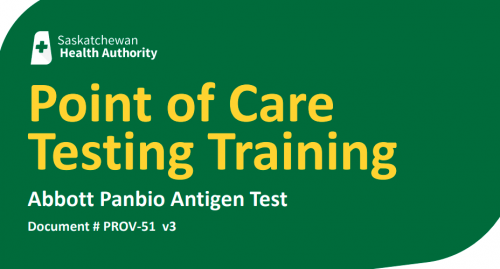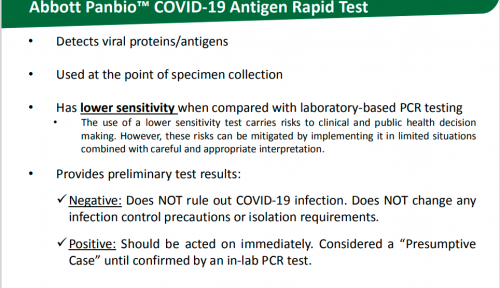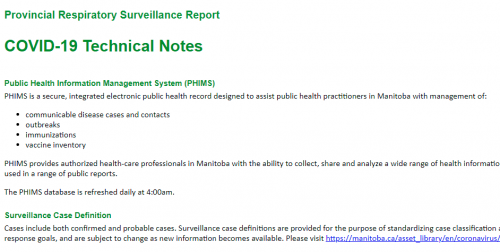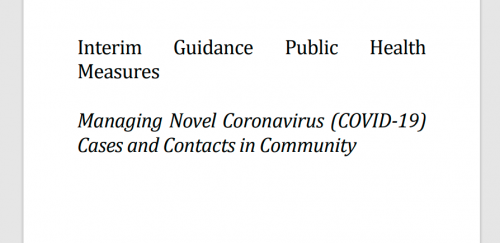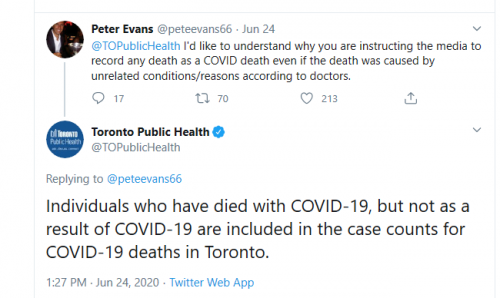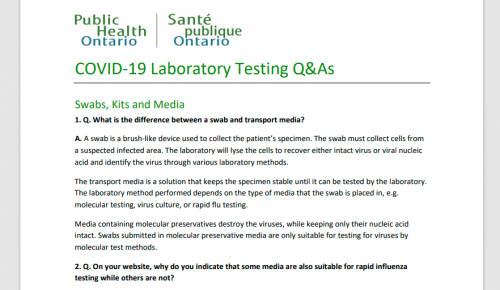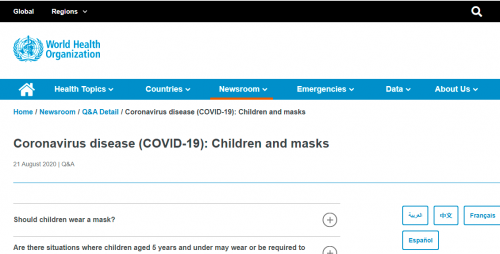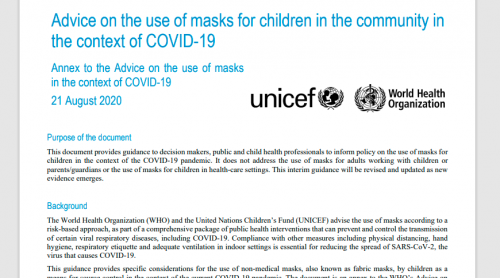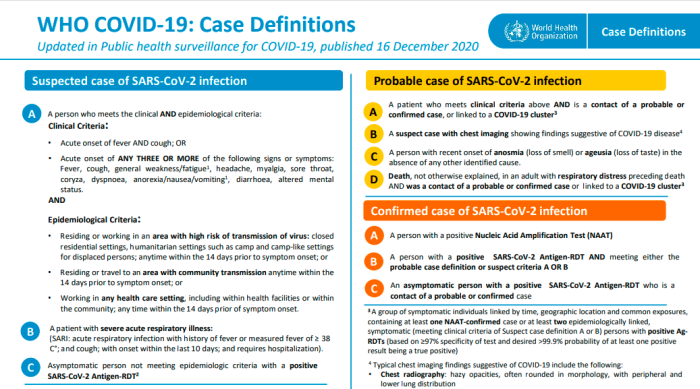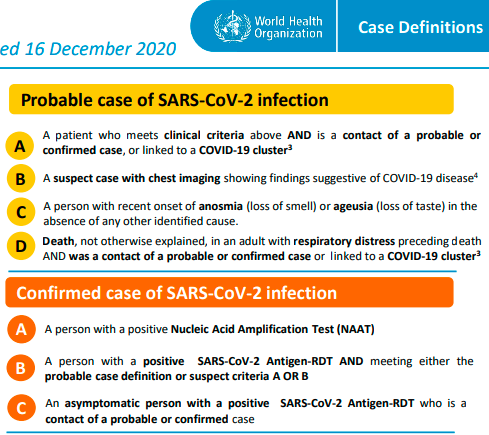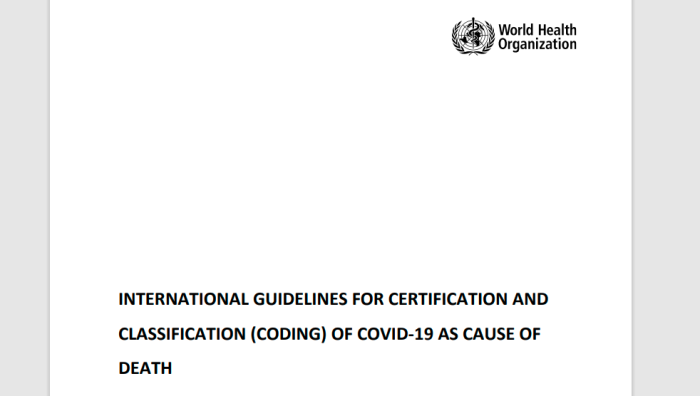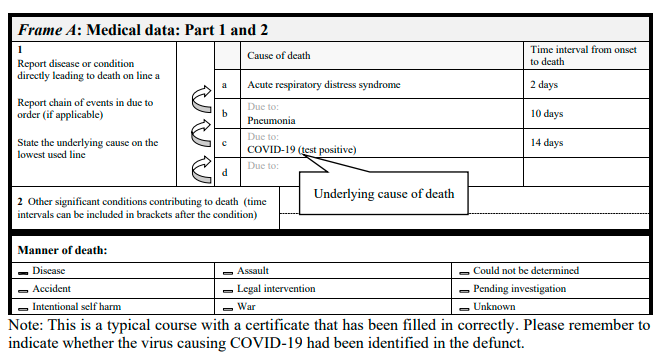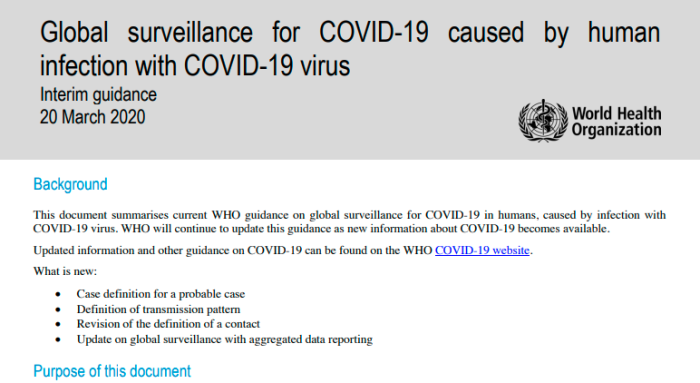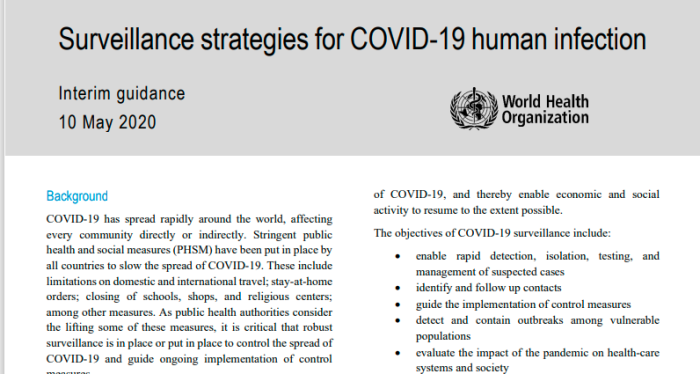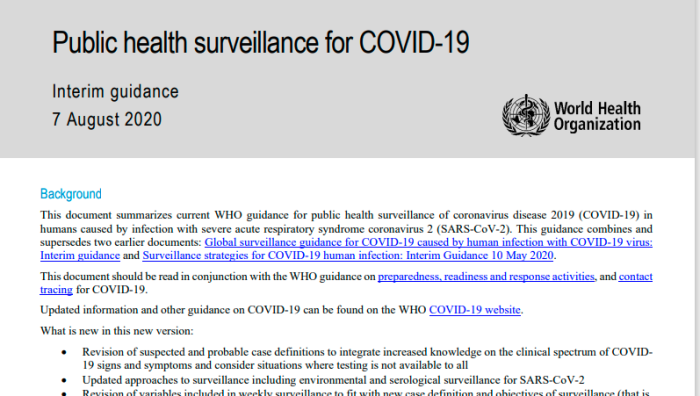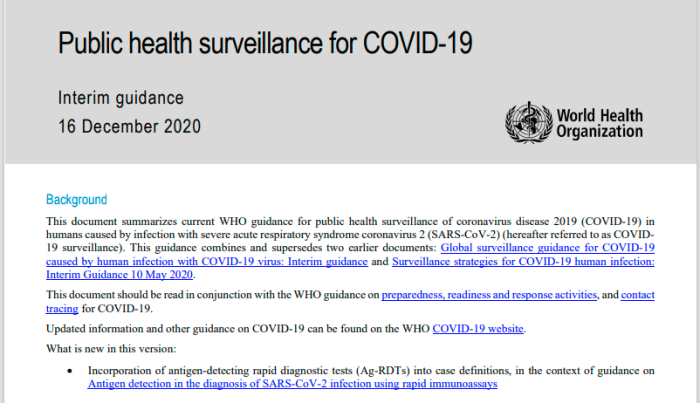
David Angus, the President of Capital Hill Group, is lobbying Ottawa on behalf of G4S Secure Solutions. This is a security company that also is involved in intelligence gathering, and running detention centers, among other things. See this article for background information. There is more than meets the eye.
1. Other Articles On CV “Planned-emic”
The rest of the series is here. Many lies, lobbying, conflicts of interest, and various globalist agendas operating behind the scenes, obscuring the vile agenda called the GREAT RESET. The Gates Foundation finances: the WHO, the US CDC, GAVI, ID2020, John Hopkins University, Imperial College London, the Pirbright Institute, the BBC, and individual pharmaceutical companies. The International Health Regulations are legally binding. The media is paid off. The virus was never isolated, PCR tests are a fraud, as are forced masks, social bubbles, and 2m distancing.
2. Important Links
Capital Hill Group Lobbying Federal Government
Office Of The Lobbying Commissioner Of Canada
Erin Iverson OF CHG Lobbying B.C. For G4S
Lobbying Registry Of Ontario
David Angus’ Capital Hill Group Profile
https://archive.is/pCiAn
David Angus’ LinkedIN Profile
Ken Stewart’s Capital Hill Group Profile
https://archive.is/XgqxP
Ken Stewart’s LinkedIn Profile
Aaron Scheewe’s Capital Hill Group Profile
https://archive.is/Vr37H
Nathan Scheewe’s Capital Hill Group Profile
Nathan Scheewe’s LinkedIn Profile
Erin Iverson’s Capital Hill Group Profile
Erin Iverson’s LinkedIn Profile
Matthew Conway’s Capital Hill Group Profile
https://archive.is/fOcZx
Matthew Conway’s LinkedIn Profiles
Tara Beauport’s Capital Hill Group Profile
https://archive.is/maToe
Tara Beauport’s LinkedIn Profile
Jonathan Ballingall’s Capital Hill Group Profile
https://archive.is/RYxUB
Jonathan Ballingall’s LinkedIn Profiled
Jonathan Ballingall Lobbied For China Construction Bank
https://canadaproud.org/
https://ontarioproud.ca/
Dennis Burnside’s Capital Hill Group Profile
https://archive.is/UHMDv
G4S Bought By Allied Universal
Blackstone Group Acquires Allied In 2008
3. CHG Lobbying Ottawa For G4S
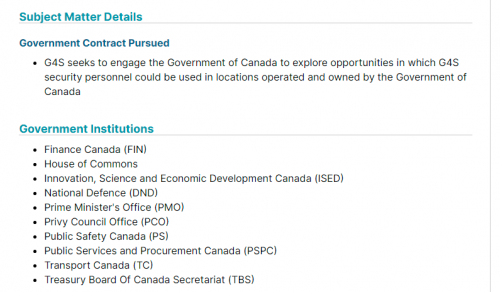
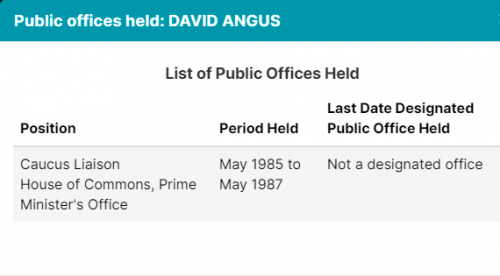
The President of CHG, David Angus, worked in the Prime Minister’s Office when Brian Mulroney was PM. Admittedly, this is rather strange. G4S has 24 registrations filed with the Office of the Lobbying Registry since 2015, but has made only 1 communication with public officials in that time? Right….
4. CHG Lobbying Ontario For G4S
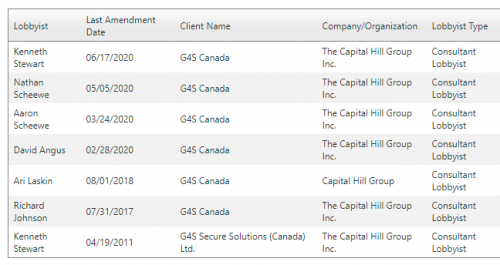
It seems that Capital Hill Group has been lobbying Ontario for work as well. Currently, Ontario is run by Doug Ford. This man calls himself a “conservative”, despite stripping people of their livelihoods.
5. CHG Lobbying British Columbia For G4S
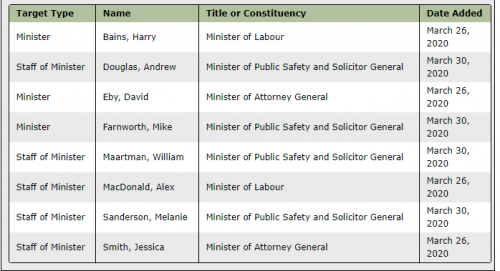
Yes, this dates back to March, but Erin Iverson did meet with officials in B.C., on behalf of G4S. The company “is a major provider of security services in Canada and around the world”.
6. David Angus, CHG President

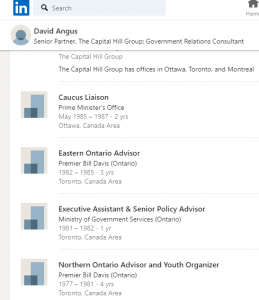
Prior to joining CHG, David was the caucus liaison to former Prime Minister Brian Mulroney, and served as a ministerial staffer in the Ontario Progressive Conservative government of Bill Davis. He has extensive expertise in procurement, defence, health and transport policy, and has consistently delivered results to clients in these areas.
At CHG, David has nurtured lasting relationships within federal, provincial and municipal governments. His government relations expertise has received public recognition in various publications including the North American Directory of “Who’s Who”, The Hill Times, and the Toronto Star.
David Angus, the President of Capital Hill Group, has extensive political ties both in Ontario, and Federally.
7. Ken Stewart, CHG Senior Consultant


Business and politics have been the cornerstone of Ken’s career for over 40 years. Ken got his start by answering mail in Pierre Trudeau’s office. He then went on to play a key communications role in the Trudeau Government’s “6&5” anti-inflation campaign under Finance Minister Marc Lalonde, and, later, travelled to every Ontario town, village and hamlet as Special Assistant to Ontario Premier David Peterson.
In 2003, as Director of Sales for Advanced Utility Systems Corporation, a highly successful software firm in Canadian and U.S. energy markets, he built upon his earlier career successes and continued to accumulate substantial sales achievements. He then returned to Queen’s Park as Chief of Staff to the Minister of Education in 2006, where he was responsible for staffing, briefings and stakeholder relations.
Based in CHG’s Toronto office since 2007, Ken leads a highly successful lobbying practice where his business and politics experience has guided clients through regulatory, legislative and procurement challenges. His insight and perspective into technology and government sales markets have earned him an outstanding reputation as one of Ontario’s top procurement lobbyists.
Stewart has extensive connections to Liberals, both Provincially and Federally. That these ties date back to the eighties.
8. Aaron Scheewe, CHG Managing Director

Aaron spent over a decade in Ottawa working in Parliament, holding senior positions within the offices of the Right Honourable Stephen Harper, former Prime Minister of Canada and several of his Cabinet colleagues including the Honourable John Baird, the Honourable Tony Clement and the Honourable Gary Goodyear.
During his time in Ottawa Aaron to contributed to key government files including the significant international crises in Afghanistan (2008/09), Libya and Syria (2011/12), helping to manage large pockets of stimulus funding under Canada’s Economic Development Action Plan (2009-11) and setting-up the first suite of programs for the billion-dollar Federal Economic Development Agency for Southern Ontario. Aaron also helped the government become more streamlined in its processes by playing a key part in the Deficit Reduction Action Plan that saw billions in ongoing savings during the Conservative Party of Canada?s 2011-15 majority government.
Aaron Scheewe has long and extensive ties to the Conservative Party of Canada. He has actually been part of Harper’s Government.
9. Nathan Scheewe, CHG Senior Consultant

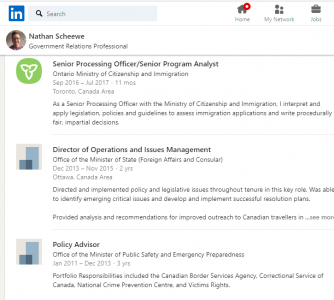
His extensive public sector experience includes working as a political staffer in Ottawa, where he held key senior positions within multiple Cabinet Ministers’ offices. He has a strong understanding of the legislative and regulatory processes. Nathan has also worked within the bureaucracy of the Ontario government and has a solid understanding of the important relationship between a Minister’s office and the department.
In addition to his public sector experience, Nathan served as the Manager, Government Relations for Alectra Utilities Corporation – the largest municipally owned utility in Ontario – where he managed a robust team and established and maintained positive and productive relationships with elected officials within the municipalities of the Greater Toronto and Hamilton Area, and key political staff at Queen’s Park. During his time there, Nathan made significant contributions that helped drive the successful merger of Alectra Utilities and Guelph Hydro.
More and more political connections.
Are we starting to see a pattern here?
10. Erin Iverson, CHG Managing Director



With over 15 years of experience in federal politics, Erin brings an innate ability for relationship building and a superior understanding of the inner workings of government, issues management, parliamentary affairs and strategic communications.
During her time spent on Parliament Hill, Erin held senior positions within the Government including the Prime Minister’s Office, and the offices of the Minister of Transport, and Minister of Labour. Erin has also worked in opposition politics and is no stranger to both minority and majority government scenarios.
As a political strategist, Erin has worked on numerous federal election campaigns both from the CPC War Room and on local campaigns; and, also had the opportunity to serve as the Executive Assistant to the Right Honourable Stephen Harper’s transition team. Throughout her career, Erin has been known for her ability to make connections and provide sound advice on a wide variety of issues.
Over 15 years in Federal politics, with the Conservative Party, and its predecessor, the Canadian Alliance. How’s that for a dated reference?
11. Matthew Conway, CHG Senior Consultant
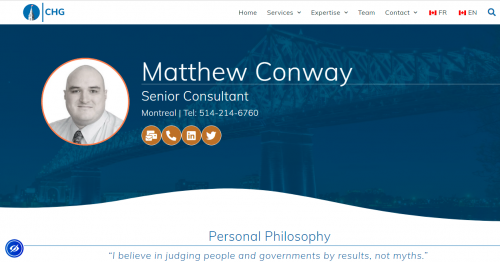

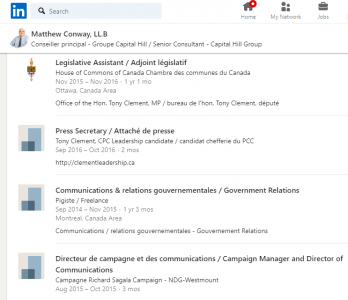
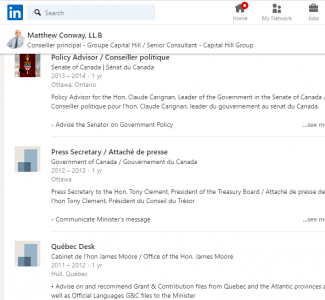
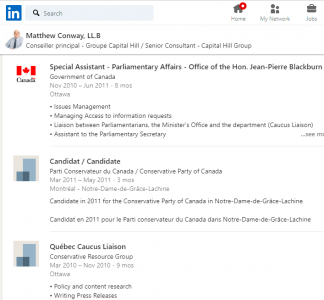
As a Government of Quebec consultant, Matthew has over a decade of experience in the public sector. He has served as an advisor to several Ministers, including the Honourable Caroline Mulroney, Honourable Tony Clement, Honourable James Moore, Honourable Jean-Pierre Blackburn, and the Honourable Senator Claude Carignan.
During his time at Queen’s Park, Matthew led Francophone Affairs for Minister Mulroney including reaching a deal with the Government of Canada for the joint financing of a French Language University in Toronto, helping develop the framework for an upcoming Francophone Economic Development Plan and led the preparations for the modernization of the upcoming French Language Services Act.
During his time in Ottawa, Matthew served as Press Secretary to the President of the Treasury Board, Tony Clement, handling day to day media relations and highly sensitive issues. He also served as a policy advisor as well as a legal and political researcher to the Honourable Senator Claude Carignan during his term as Leader of the Government in the Senate.
Conway’s profile speaks for itself. Numerous connections to the Federal House of Commons, the Senate, the Ontario and Quebec Legislatures as well.
12. Tara Beauport, CHG Associate Consultant

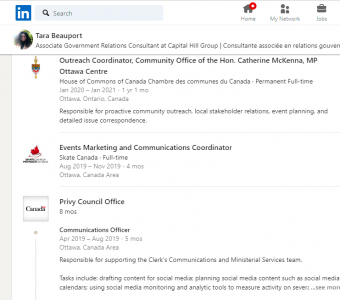
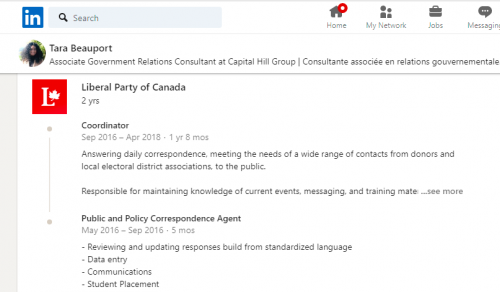
Tara is a bilingual young professional who brings a diverse range of experience working within the Government, politics, and national associations. She began her career working as a coordinator at the Liberal Party of Canada’s HQ in Ottawa. While there, she developed a deep understanding of issues management, volunteer engagement, and public outreach.
With a little over 5 years of experience, Tara has thrived in creating lasting, positive connections in her roles. During her time in Government, she worked at the Privy Council Office on the Clerk’s Communications team, providing strategic communications support and social media expertise during the transition period of PCO Clerk Mr. Michael Wernick and Deputy Clerk Ms. Catherine Blewett.
She also worked within the agricultural sector at Egg Farmers of Canada, serving as a Public Relations Intern and providing instrumental support on a variety of public outreach and government relations events like the Downtown Diner and Breakfast on the Hill. Tara joins the CHG Ottawa team after working as an Outreach Coordinator at MP Catherine McKenna’s community office, having coordinated meetings for MP McKenna with local stakeholders and constituents as well as providing communications and event management support.
Beauport has ties to the Liberal Party of Canada, Catherin McKenna more specifically, and to Michael Wernick of the Privy Council.
13. Jonathan Ballingall, CHG Consultant

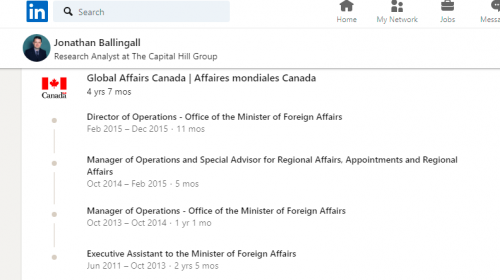

In 2013, Jonathan Ballingall, as a member of the Office of the Minister of Foreign Trade, was lobbied to set up a Canadian Branch of the China Construction Bank.
Is he related to Jeff Ballingall of Canada Proud and Ontario Proud? Those groups helped install Erin O’Toole and Doug Ford to their current positions. Or is this just a bizarre coincidence?
14. Dennis Burnside, CHG Senior Consultant
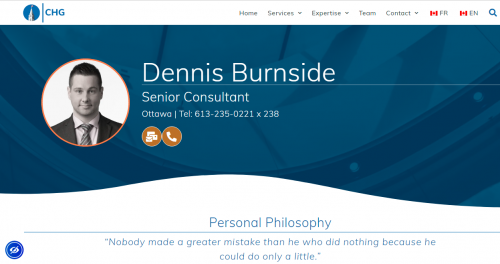
Dennis is an experienced political strategist and public policy expert who leverages more than a decade of experience gained in previous roles within federal and provincial governments to provide strategic advice and targeted engagement strategies to clients.
Prior to joining CHG, Dennis worked as the senior political advisor to the Minister of Indigenous and Municipal Relations in the Government of Manitoba, before assuming a position as a Project Manager at the Priorities and Planning Secretariat of Cabinet where he helped usher major government priorities from the policy development phase through to implementation.
Dennis also worked as a political strategist on Parliament Hill, serving elected officials in a variety of areas including committee preparation and management, legislative development, research, strategic communications and community-level engagement.
He has served in variety of election campaign roles as well, including as a campaign manager, at both the provincial and federal levels in Manitoba, Alberta, and Ontario.
Interestingly, G4S Security “isn’t” listed in the Manitoba Lobbying Registry, but was still able to land a bid back in November. However, this may explain it, as Dennis Burnside has held roles within the Manitoba Government. Perhaps he decided to call in a favour?! He has also worked for Alberta, Ontario, and Federally.
15. G4S Acquired By Allied Universal/Blackstone

Some developments on G4S Security itself: On December 8, 2020, it was announced that Allied Universal (a U.S. company) would be purchasing G4S (a British Company). Allied itself was bought out by the Blackstone Group in 2008. Blackstone is a very large investment firm based out of New York. Without going into too much detail, it’s a huge.
The Right Honourable Brian Mulroney
Former Prime Minister of Canada
.
The Right Honourable Brian Mulroney is a member of the board of directors of Blackstone. Mr. Mulroney is a senior partner and international business consultant for the Montreal law firm, Ogilvy Renault LLP/ S.E.N.C.R.C., s.r.l.
.
Prior to joining Ogilvy Renault, Mr. Mulroney was the eighteenth Prime Minister of Canada from 1984 to 1993 and leader of the Progressive Conservative Party of Canada from 1983 and 1993. He served as the Executive Vice President of the Iron Ore Company of Canada and President beginning in 1977. Prior to that, Mr. Mulroney served on the Clich’e Commission of Inquiry in 1974.
.
Mr. Mulroney is a member of the Board of Directors of Archer Daniels Midland Company, Barrick Gold Corporation, Quebecor Inc., Quebecor World Inc., the World Trade Center Memorial Foundation and Wyndham Worldwide Corporation.
As an added bonus, Brian Mulroney, the former Prime Minister of Canada, is on the Board of Directors of Blackstone Group.
16. What Does This Mean For Canada?
The Blackstone Group (through Allied Universal) owns G4S, the company that Brian Pallister hired to police parts of Manitoba. This was “in the name of safety”, of course. What if Pallister decides that G4S needs to detain and imprison people — which they have done professionally? What if they run intelligence and surveillance on Manitobans? See the previous piece.
Depending on how aggressive the lobbying is, more parts of Canada could end up like this. But hey, it’s all about fighting a virus, right?
Scary times.

